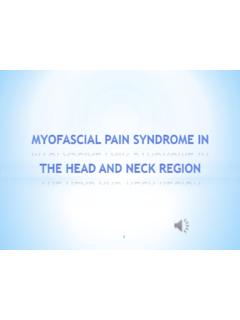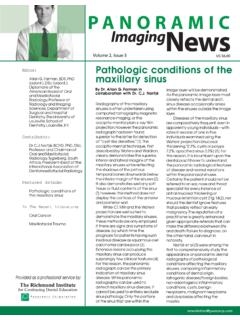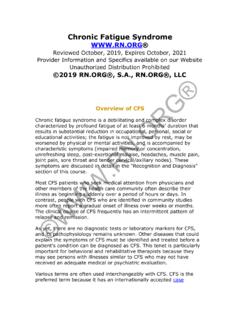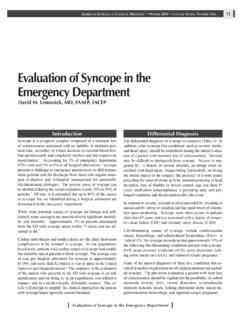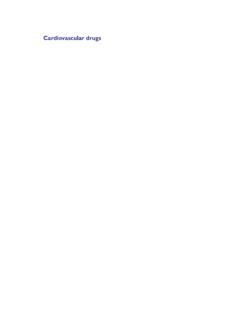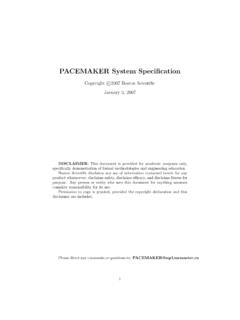Transcription of TREATMENT OF LEAKY GUT SYNDROME - Dr. Jake Fratkin
1 TREATMENT OF LEAKY GUT SYNDROME Inte grat ing Fu n ctio nal M ed icine a nd T ra dit io na l C h ine se Med icine Jake Paul Fratkin , OMD, Ber ke ley , Nove m be r 1 7-18. 20 07 12 H o ur s CEU SA TU RD A Y, Nov em ber 17, 200 7 8:30-9:00 Overview of LEAKY Gut SYNDROME 9:00-10:00 Intestinal Physiology, Beneficial Bacteria p. 3, 5 10:00-10:30 LEAKY Gut SYNDROME , 1 6 10:30-11:00 (Break) 11:00-11:30 LEAKY Gut SYNDROME , 2 11:30-12:30 Laboratory tests 16 12:30-2:00 Lunch 2:00-2:30 Understanding Food Allergies 21 2:30-3:00 Functional Medicine Treatments, 1 23 3:30-4:00 (Break) 4:00-5:00 Functional Medicine Treatments, 2 5:00-5:30 Overview of TCM approach 33 SU NDA Y, Nov e m be r 18 , 20 07 TCM Herbal Protocols p.
2 33 9:00-9:30 Review and Questions 9:30-10:00 Intestinal Damp Heat, Liver Stagnation 10:00-10:30 Liver-Stomach Stagnation, Gallbladder Damp-Heat 10:30-11:00 Spleen Qi and Spleen Yang Deficiency 11:00-11:20 (Break) 11:20 -12:00 Deficiency of Wei Qi, Chronic sinusitis and ear 12:00-12:30 Skin Eczema, Allergic Asthma 12:30-1:00 Food Allergy, Arthritis Codes for the Herbal Categories p. 49 2 Jake Paul Fratkin , OMD, LEAKY GUT SYNDROME (LGS) describes a cascade of disorders that stem from small intestine colitis, allowing infiltration of microbial and metabolic toxins as well as undigested food into the blood stream.
3 These include fatigue, immune deficiency, food allergies, asthma and eczema. LEAKY Gut SYNDROME may be a contributor to other modern illnesses such as insulin resistance, obesity, neurotransmitter disorders, and cancer, and in fact may account for 50% of chronic illness. LGS is a modern disease with its origins in excessive antibiotics or, in children, early vaccination. Fortunately, Functional Medicine has stimulated the creation of modern laboratory tests for various components in the cascade, allowing TREATMENT to be both focused and effective.
4 Jake Paul Fratkin has spent the last 20 years focusing on the integration of Functional Medicine with Traditional Chinese Medicine for the TREATMENT of LEAKY Gut SYNDROME , Adrenal Fatigue, Insulin Resistance and Liver Detoxification. In this workshop, we will explain the etiology and mechanism of LGS, how to use lab testing (stool, saliva, urine, blood) to focus TREATMENT , and the use of effective nutritional medicines. More importantly, Dr. Fratkin will demonstrate how to use Chinese herbal treatments within zang-fu organization to effectively navigate through and treat this common but complex SYNDROME .
5 Bio gr a ph y: J ake P au l Fr at ki n, OM D, L .Ac . Jake Paul Fratkin has been a Doctor of Oriental Medicine since 1978, utilizing Chinese herbal medicine, Japanese meridian balancing and nutritional medicine. He is the author of Chinese Herbal Patent Medicines: The Clinical Desk Reference (2001), a work on 1280 available Chinese herbal patent medicines, and is the editor-organizer of Wu and Fischer s Practical Therapeutics Of Traditional Chinese Medicine (Paradigm Publications, 1997). He was awarded Acupuncturist Of The Year in 1999 by the American Association of Oriental Medicine (AAOM), and Teacher Of The Year in 2006 by the American Association of Teachers of Acupuncture and Oriental Medicine (AAOM).
6 Dr. Fratkin is currently in private practice in Boulder, Colorado, where he specializes in internal disorders, infections and pediatrics. 3 Jake Paul Fratkin , OMD, LEAKY GUT SY ND ROM E1 I. INTESTINAL PHYSIOLOGY A. Healt hy G ut L in in g a n d Sel ectiv e Pe r me abili ty 1. Allows nutrients to be absorbed .. a. Digested food 1. Vitamins, oils and fats, amino acids, minerals, carbohydrates 2.. While blocking absorption of toxins a. Metabolic wastes 1. Cellular debris 2. Hormones 3. Chemical by-products b. Microbial toxins (viruses, pathogenic bacteria, fungal, protozoa) c. Environmental poisons 1.
7 Solvents, benzenes, styrenes, phthalates 2. Heavy metals 3. Pharmaceutical drug metabolites B. Nor m al G ut De fe n se s 1. The epithelial and mucosal lining a. Immune agents 1. Cell-mediated immunity 2. Intestinal and salivary secretory IgA 3. Intestinal IgA, IgM, IgG 4. Phagocytes: macrophages, granulocytes b. Physically tight junctions of epithelia 1 Acknowl edgm en ts : I am grateful to the following sources for information used in this presentation: 1) FUNCTIONAL ENDOCRINOLOGY, Datis Kharrazian, DC, published by Apex Energetics, 2003, 2004, 2005.
8 2) Randy Bimestefer, , lecture notes from GI DYSFUNCTION ASSESSMENT, 2007. 4 Jake Paul Fratkin , OMD, 2. GALT: Gut-Associated Lymphoid Tissue a. Most complex and organized collection of immune cells in the body 1. 1010 lymphocytes per meter of bowel 2. 60-70% of the immune system by weight b. Consists of: 1. Lymphocytes in mucosal endothelium 2. Peyer s Patches - aggregates of lymphoid follicles 3. Lamina propria lymphoid cells 4. Intra-epithelial lymphocytes 5. Mesenteric lymph nodes c. GALT is activated by presence of: 1. Food antigens 2. Microbial antigens 3. Chemicals and drugs: antibiotics, hormones, additives, preservatives, and factory farmed meats and dairy, etc.
9 3. Lumina a. Gastric acid 1. Creates correct pH for various parts of GI tract 2. Acidifies nutrients for absorption 3. Creates terrain for beneficial bacteria 4. Different pH at each section of small intestine to support different colonies of bacteria b. Bile acids 1. Detoxifies certain metabolic wastes 2. Caustic, and must be neutralized into bile salts by bacteria 4. Beneficial Bacteria (see below) 5 Jake Paul Fratkin , OMD, C. Int est in al Im mu n e Sy ste m 1. Accounts for 80% of immune system a. Part of wei qi: consider it an outside skin b. Compromise of intestinal immunity compromises the whole immune system 2.
10 Relies significantly on beneficial bacteria to neutralize, destroy, or detoxify microbial and metabolic toxins a. This is why antibiotics dramatically impact systemic immunity II. IMPORTANCE OF BENEFICIAL BACTERIA A. Hu ma n li fe is d ep e nd ent on bact er ia 1. In the normal gut there are 500 species a. 30-40 species account for 99% of the total intestinal load 1. Lactobacillus accounts for 5% b. 100,000 billion viable microbes c. More bacteria than human cells d. Makes up 60% of stool by weight e. Oral cavity has 200 species f. Approximately 80-90% are facultative anaerobes, therefore difficult to culture and thus poorly understood 2.
